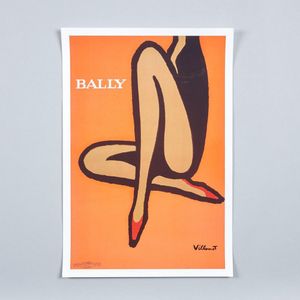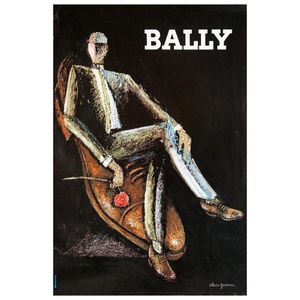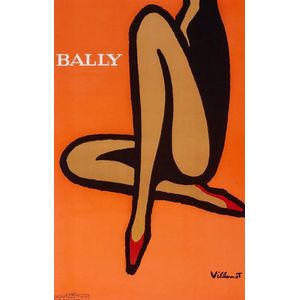Bally is a Swiss luxury fashion house established in 1851 by Carl Franz Bally and his brother Fritz. Historically known for its shoes, the brand also produces bags, accessories, and ready-to-wear. Carl Franz Bally was born in 1821 in Schönenwerd, Switzerland. He joined the family business, a silk ribbon manufacturer, when he was 17. In 1851, he decided to go into shoe manufacturing after a stay in Paris. He opened his first shoemaking workshop in the basement of his family home.
Bally quickly became known for its high-quality shoes. The company used the latest technology and materials,
more...
and its shoes were made by skilled craftsmen. Bally also pioneered the use of new marketing techniques, such as advertising and celebrity endorsements.
In the late 19th and 20th century, Bally began to expand its operations. The company opened new factories in Switzerland and other countries, and it began to sell its shoes in department stores and other retail outlets around the world. Bally also began to produce other leather goods, such as bags and belts. Bally also became a major sponsor of sporting events, such as the Olympic Games.
Bally is now a leading luxury fashion brand and has continued to invest in its brand and its products. The company has opened new stores in China and other emerging markets, and it has partnered with celebrities and designers to create new collections. Bally is committed to creating high-quality, stylish products that reflect its Swiss heritage. Bally products are sold in over 100 countries around the world.
less...
The history of posters begins in the 15th century with woodcut broadsides, which were crude, text-heavy announcements selling everything from religious indulgences to political decrees. But the modern poster as we know it, emerged in the late 19th century, propelled by the Industrial Revolution and the blossoming field of lithography. This new technology allowed for mass production of vibrant, colourful images, perfect for capturing the attention of urban crowds.
Paris of the 1920s became the artistic hub for these posters. Jules Chéret, the "father of the modern poster," seduced onlookers with his graceful Art Nouveau figures promoting theatres and
more...
nightclubs. Alphonse Mucha, conjured up otherworldly beauty with his flowing gowns and dreamy landscapes for products like Sarah Bernhardt's theatrical productions.
The poster's purpose expanded in the early 20th century. Consumer brands like Coca-Cola and Guinness employed bold typography and iconic imagery to etch themselves into public consciousness. Political movements, too, seized upon the poster's persuasive power. Soviet propaganda posters with their heroic workers and steely gazes rallied support for the communist cause, while British wartime posters like "Keep Calm and Carry On" urged stoicism in the face of Nazi aggression.
Throughout the decades, the poster evolved with the times. The sleek minimalism of Art Deco graced cigarette advertisements, while Pop Art's bold colors and ironic imagery parodied consumer culture. The anti-war and civil rights movements of the 1960s and 70s found powerful expression in posters featuring clenched fists and raised voices. And with the digital revolution, posters transcended physical walls, finding new life on websites and social media, their reach amplified yet again.
The poster's legacy endures today, as it continues to be a canvas for artistic expression, adorning gallery walls and inspiring contemporary designers. It remains a potent tool for activism, with climate change and social justice.
less...






 Loading more...
Loading more...